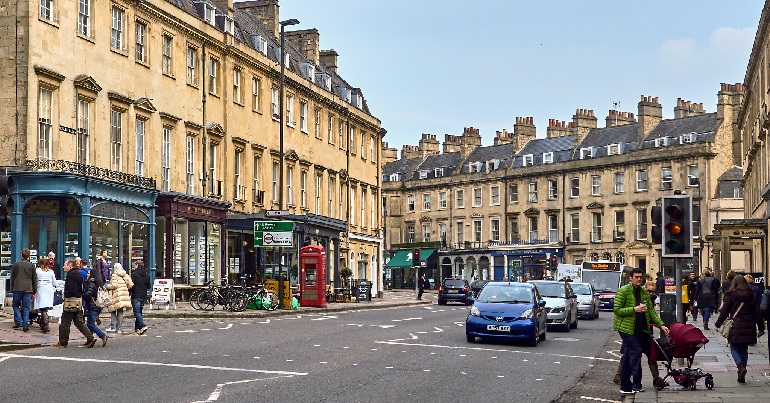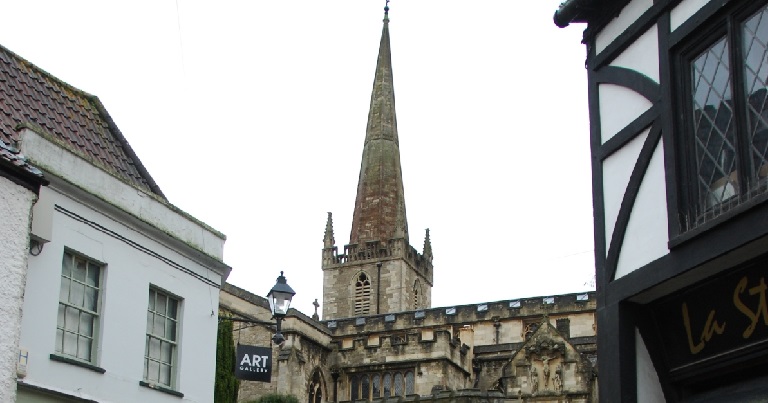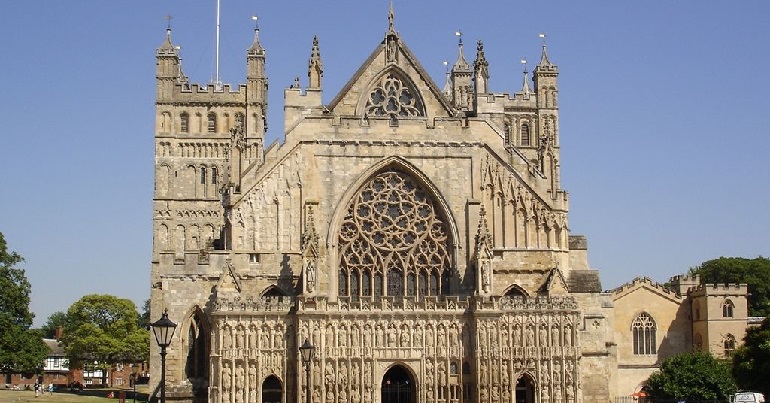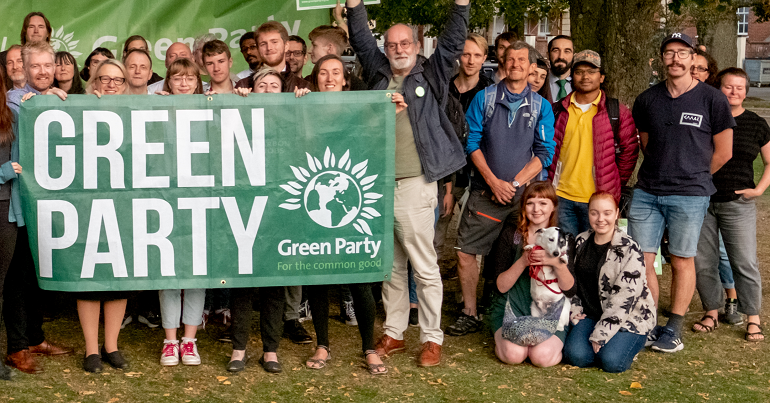Green Party local elections preview: South West
Local elections are right around the corner. Thousands of new councillors are set to enter local government in England and the north of Ireland. Nearly 200 Greens are currently elected to local authorities across the UK. On May 2, both the Green Party of England and Wales and the Green Party in Northern Ireland are hoping to add to their tally.
Bright Green is taking a look at some of the most interesting races for the Greens – highlighting the candidates, reviewing the campaigns, and previewing what could happen on polling day.
Next up in our previews is the South West.
Bath

In 2015, Bath was viewed as one of the warmest prospects for the future of the Greens. The parliamentary constituency was seen as a potential seat for the Greens to target in elections. When the votes were counted in the 2015 Green Election, Greens had polled an impressive 12% – one of the party’s stronger results that year. In the local elections held on the same day, two Greens were elected to Bath and North East Somerset Council, and the party achieved a high vote share in many other wards.
Fast forward a few years and things look a little less rosy. In the 2017 General Election, the Greens received just 2%. Now, the local party has shrunk significantly and lacks a sizeable volunteer base. Rather than looking to extend increase the number of seats they hold, the Greens are seeking to defend what they already have.
In Lambridge ward, Young Green candidate Fay Whitfield is defending for the Greens, with the sitting Green Lin Patterson standing down. The ward is exceptionally competitive. In 2015, the top eight candidates were within 450 votes of each other. Second and third place was determined by 26 votes.
Whitfield benefits from the immense local popularity of the outgoing Patterson, who is well known and well liked in the ward. She has also been helped throughout the campaign by the Young Greens of England and Wales who have been shipping activists in to help with the campaign.
But the Green vote is at risk – not only in Lambridge but also in areas in the former Abbey ward where the other Green councillor represented – due to the Liberal Democrats eating into the Green vote and a lack of strong infrastructure. The results will likely be close and the elections in Bath will be a test of whether the Greens can hold on and defend their representation, enabling them to build up the campaign in future years.
Frome

Still in Somerset, we head a little further south, to Frome. The happy, hippy town of Frome is natural Green territory through and through.
The last time it elected councillors to Mendip District Council, the Greens picked up three seats. One was gained in Frome Keyford, where the Greens won one of the two seats up for election in the ward. The other two were in Frome Market. This year, the Greens will be optimistic about holding all three of these seats, as well as winning that second seat in Keyford. Their fortunes are looking more favourable as there is no Liberal Democrat candidate this year, meaning there is no incumbent to beat.
Elsewhere, the Greens also have interesting prospects. In four Glastonbury wards in 2015 – St Benedict’s, St Edmund’s, St John’s and St Mary’s the Greens polled particularly well. In St Edmund’s the Greens were eye-wateringly close, coming second by just four votes.
If the Greens do well nationally tonight, they could do very well in this local authority. In the process, they’ll cement themselves as the third largest party on Mendip District Council.
Into Devonshire

Devonshire’s second largest city is Exeter. And it’s in Exeter where the county’s most interesting election race is for the Greens. It’s one of the more unique elections for the party as it is likely to see the Greens lose a seat in one ward, while gaining one in another.
That’s because the Greens currently hold one seat on Exeter City Council, but only as a result of a defection from Labour. The ward that councillor was elected in has not been a stronghold for the party. In fact in 2018, the Greens received just 10% of the vote.
But elsewhere in the city, in St Davids ward, the Greens are hopeful of winning a seat from Labour. In 2018, the party came an impressive second, receiving over 30% of the vote an falling just 300 votes behind the eventual winner. The local party has been working hard throughout the year to turn the tables there and make this ward go Green today.
Exeter is interesting therefore because it marks a test for the Greens. Can the party win a seat on the council on their own merits? Are they able to secure their place at the table of Exeter’s politics? Confidence from local campaigners suggests that they will do just that.




Within Bath and North East Somerset, the Abbey ward no longer exists; it was split up in the redistribution which also means that BaNES will elect six fewer councillors than in 2015.